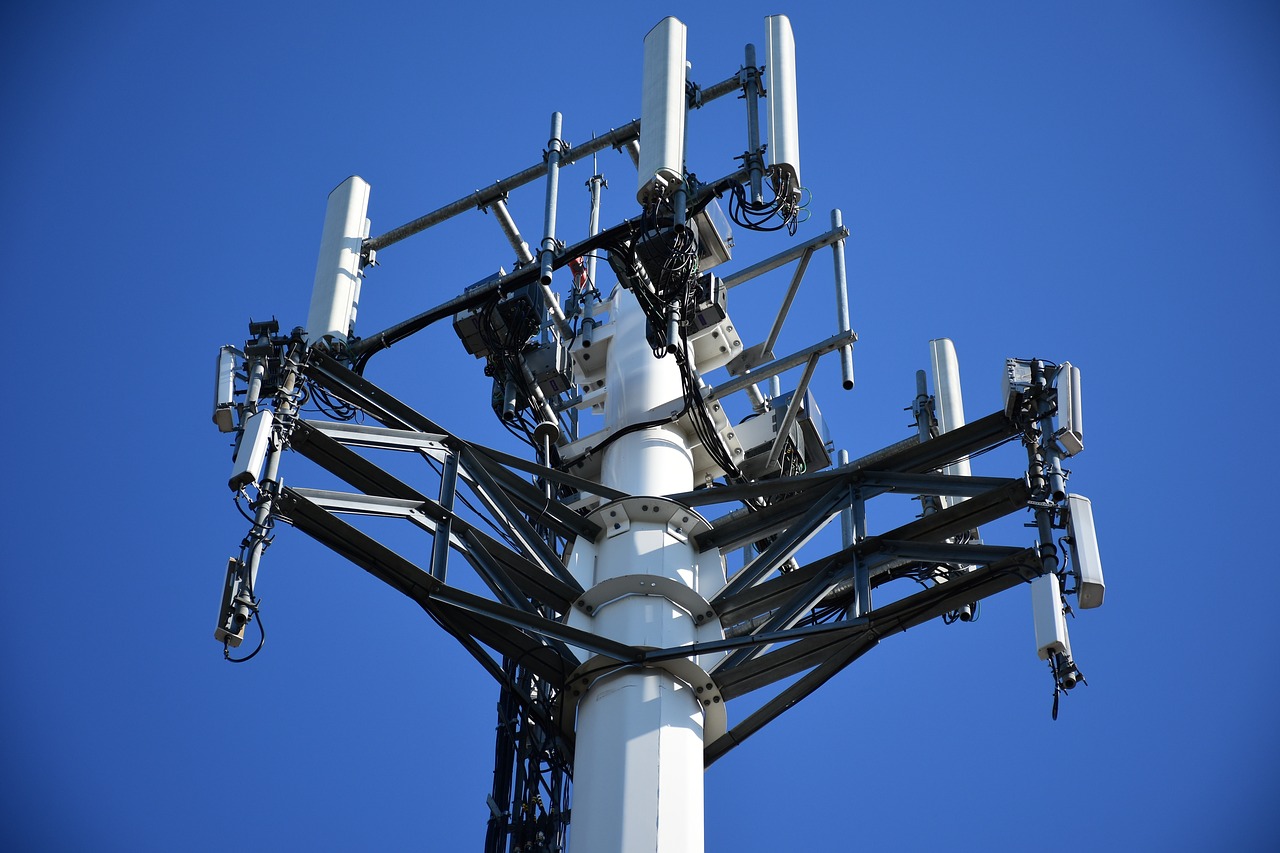South Korea has now become the first nation to implement a full 5G network nation-wide on the 3rd of April 2019.
To realize this achievement, three Companies agreed to bring 5G to South Korea: SK Telecom (SKT), KT, and LG Uplus. With
The Evolution of 1 – 5G
In layman’s terms, the easiest way to explain the evolution/generations of Cellphones are to compare it to a water funnel. The bigger the spout, the more water is passed through. Technically the water funnel is called bandwidth. More bandwidth, more information transfer.
So, back in the 80’s we had 1G for voice only communication in an analogue transmission media (like two-way radios without security). There was limited SMS and MMS services available.
Then 2G was introduced in the 1991 which gave us many of the fundamental VAS (Value Added Services) services that we still use today e.g. SMS’s. And as mentioned, the bandwidth increased.
Introduced commercially in 2001, the goals for 3G were to facilitate greater voice and data capacity, support a wider range of applications, and increase data transmission at a lower cost. It also incorporated streaming data.
4G / LTE deployed in 2016, is a very different technology as compared to 3G. Its purpose is to provide high speed, security, voice and data services, multimedia and internet over IP (IP has the task of delivering packets of information with packet headers). The bottom line is that your handheld device has now been converted to a data/internet device over RF.
5G is a carrier network with fully deployed high-frequency millimeter wave technology to tap radio wavelengths that have been unusable in the past incorporating IP technology. A fully deployed 5G is intended for significantly faster data rates, higher connection density, much lower latency and device to device communication transported in an IP protocol.
What’s Next?
The developers are looking at a possible integration between terrestrial wireless configuration (towers) and satellite systems to enable “always-on” global network coverage in a possible 6G roll-out.
Another answer is that 6G, which is IoT (Internet of Things) driven, will be more machine-to-machine communications, including robotic and autonomous drone delivery and transport systems.







